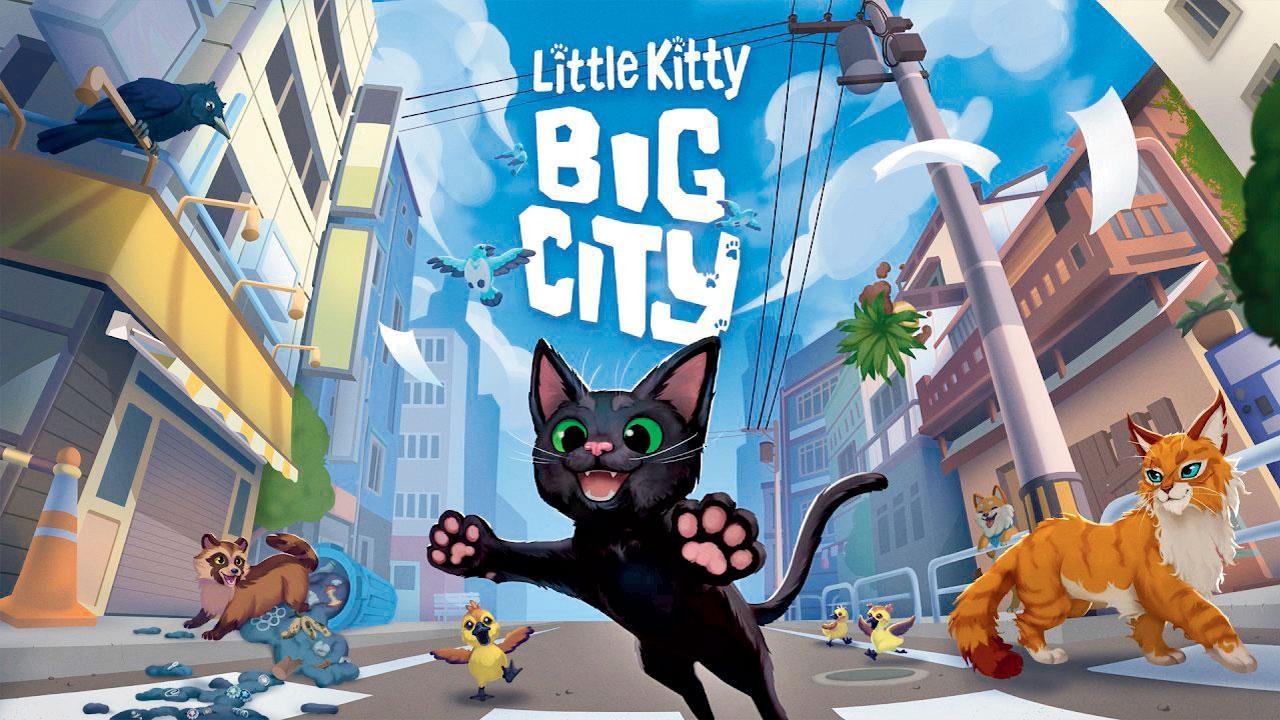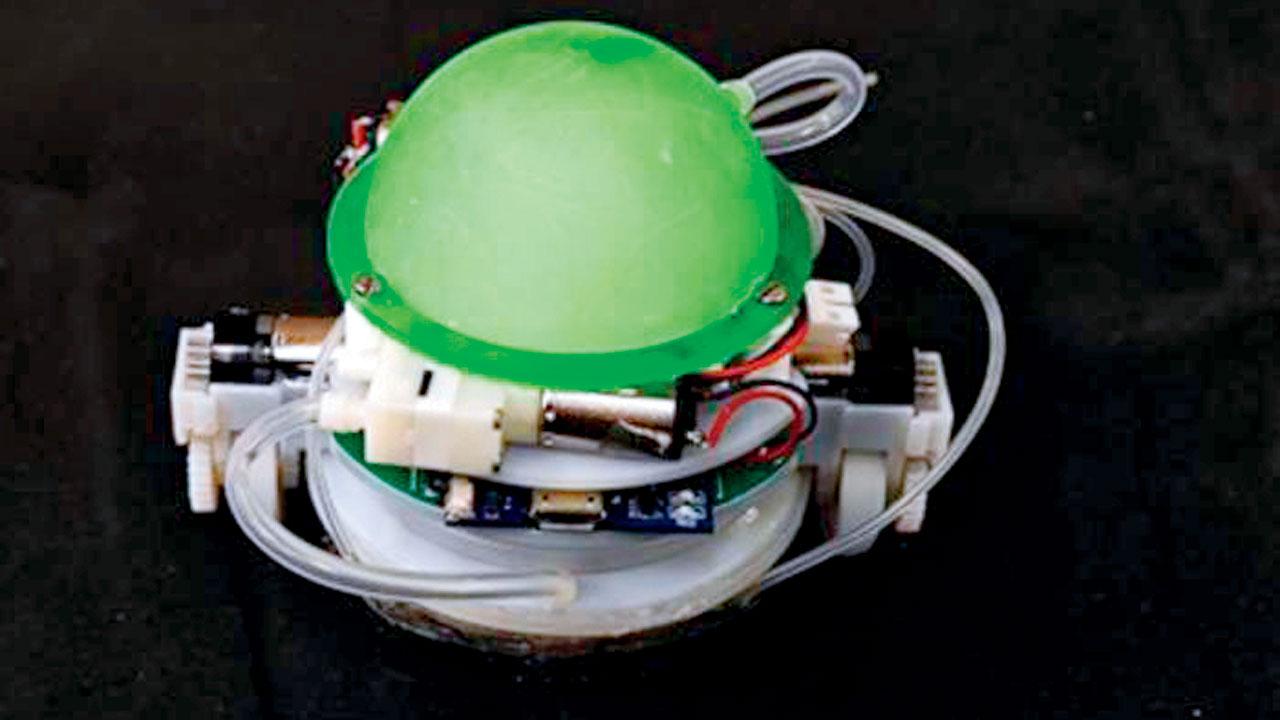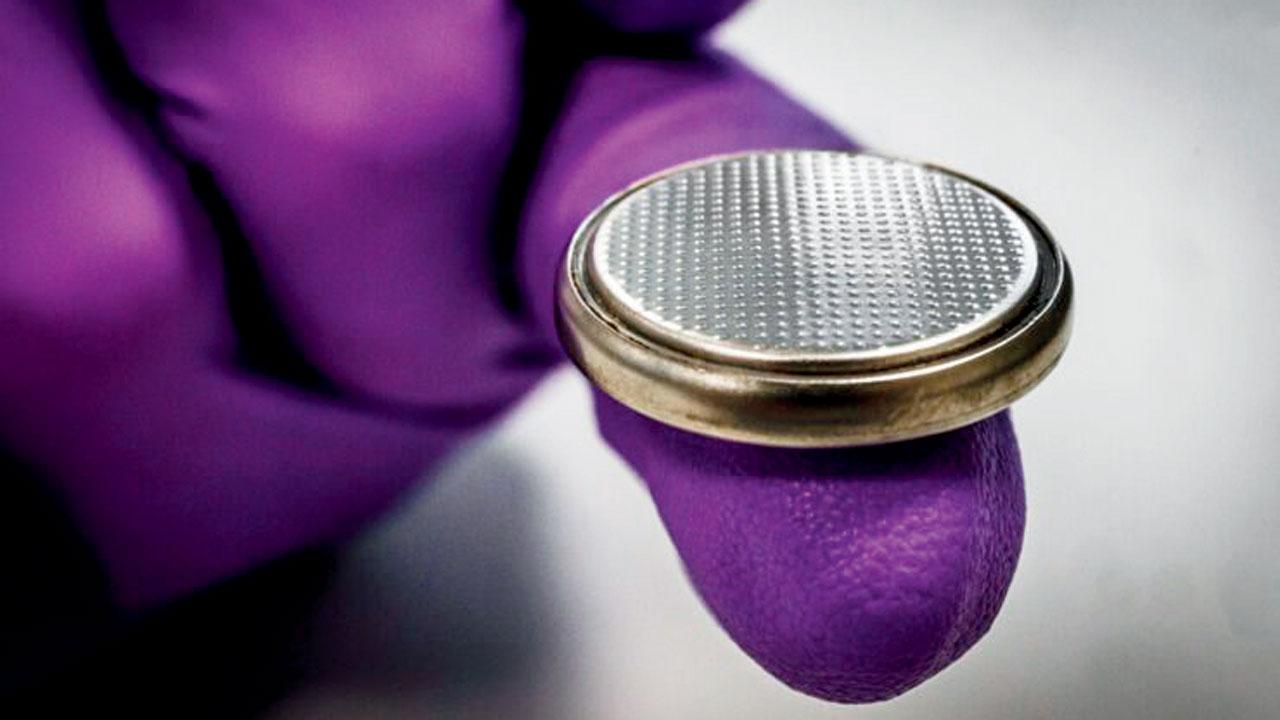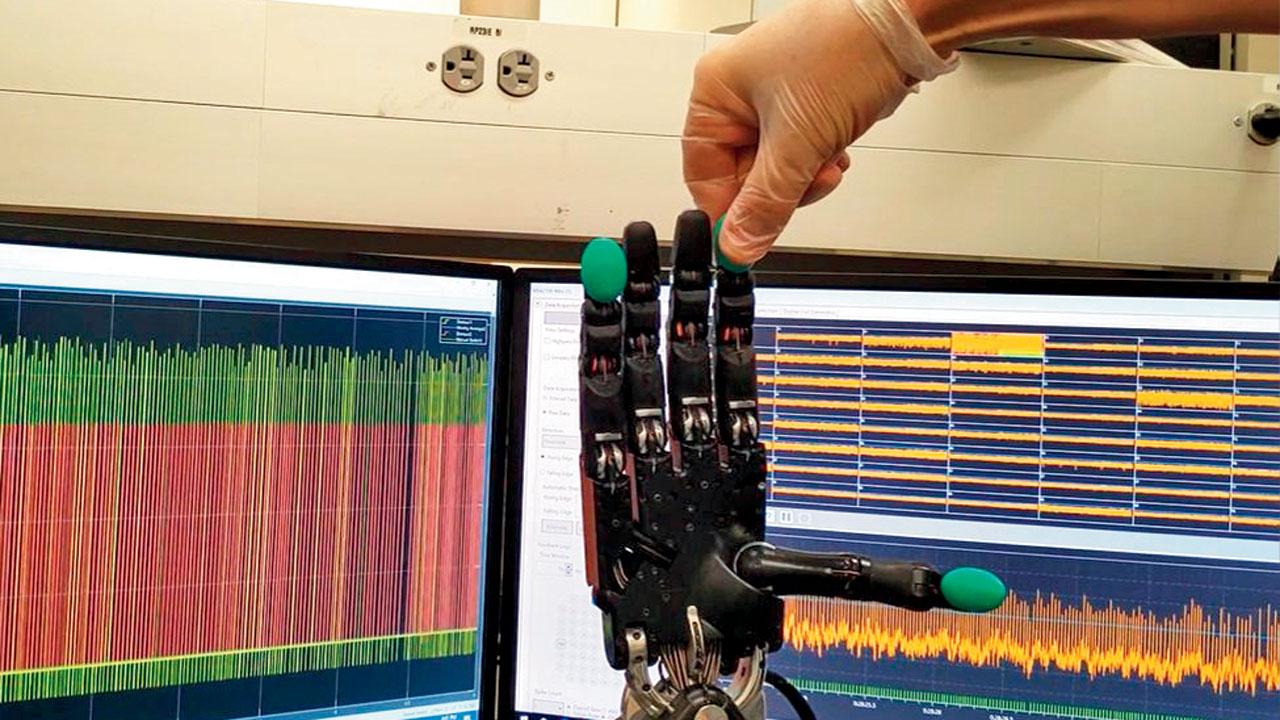For those who love games that feature furry friends—this is a must

Representation Pic
Little Kitty, Big City lets you channel your inner feline, letting you experience and solve puzzles while pretending to be a cat. It must be a dream for pet owners to try and imagine what their pet is thinking. Little Kitty, Big City attempts to answer this age-old question by giving you the reins of a house cat. The game starts when your character, a black house cat, gets flung from a building window down to the road below. You somehow land on your feet and survive the entire ordeal, only to be faced with a multitude of tasks that you will need to complete before you can make your way back home.
Technically, the only task you must complete is acquiring the four fish needed to strengthen your climbing abilities, and if you do only that task, you can finish the game in an hour. However, Litty Kitty, Big City encourages exploration and relies on the inquisitive nature of cats and a sense of adventure to keep you playing. It also helps that there is a long list of trophies you can earn.
ADVERTISEMENT
Through the game, you get to read through imagined conversations between various animals, and some of them are just too cute. Naturally, cats in the game are a lot smarter than the dogs. The art style of the game can only be described as Kawaii (the Japanese word for cute). The cat animations in the game are spot on. Everything from crawling under a small hole in the fence to depicting the various positions a cat sleeps in is executed with love and care.
You have to explore and talk to other creatures, helping them out with their problems. In return, they give you a costume or hat that you can use to look cuter in the game. However, these tasks and puzzles are complex. You have to explore the city vertically and on the ground level to solve many of them. You get to do various things as well. For example, you can visit a Kaiju shop and have your cat destroy a miniature model city; this earns you the trophy Small City, Big Kitty. You would also need to steal fish now and then; one of the tasks has you waiting patiently as a fisherman, grabbing the fish just in time and running away as if your life depended on it. I would recommend finishing the duck rescue mission, which has you saving four ducks from around the city as a favour for a daddy duck. As a reward, you get a duck hat, so it’s totally worth it.
While the title says big city, it’s actually a couple of lanes in a Japanese suburb, nowhere as big or as shiny as the streets in the Yakuza games or any of the open-world games we are used to now. From the perspective of the cat, I guess the map feels enormous. The game’s control system is pretty easy on a controller. However, the keyboard controls are horrible and unintuitive; if you happen to play this on a PC, as I did, you might want to plug in a controller. Another problem that plagues the game is the weird camera angles, and there isn’t much you can do to rectify them. Considering the number of jump puzzles and the requirement at times to execute perfect jumps, it can get frustrating.
That said, Litty Kitty, Big City is a wonderful short game that you can play to relax or even let your kids play without supervision. If you are subscribed to Microsoft’s Game Pass, you should be able to play the entire game for free right now. However, users on other platforms will have to pay. The game costs around R1,000, which is not an expensive. That said, you have to remember that this is a short game. You can finish the entire campaign in less than an hour, and possibly so the price tag makes sense. Also, I like the ending of the game. It is pretty satisfying and ties everything up in a nice little bow.
New Snail-Inspired Robot Climbs Walls with Ease

Pic/EurekAlert
Researchers at the University of Bristol have developed a robot that mimics the motion of a snail and is capable of climbing walls using a sliding suction mechanism. The innovation, detailed in Nature Communications, uses water as artificial mucus, allowing the robot to slide and adhere to surfaces. The snail-inspired design enables the robot to inspect hard-to-reach areas like wind turbine blades, ship hulls, and skyscraper windows. The robot, equipped with a high-payload sucker, demonstrated impressive abilities, including carrying a load ten times its weight and moving vertically and upside down.
Lead author Tianqi Yue highlighted the robot’s low energy consumption, high adhesion efficiency, and safety, marking a significant advancement in climbing robot technology.
Watch: https://youtu.be/W-wn11eqmjQ
Green battery to revolutionize green energy

Researchers at Linköping University have developed an eco-friendly battery made from zinc and lignin, offering a sustainable and affordable energy solution for low-income countries. Published in Energy & Environmental Materials, this battery can be used over 8000 times, maintaining 80 per cent performance and retaining charge for a week. Unlike toxic lead-acid batteries, this zinc-lignin battery is cost-effective and recyclable. Researchers believe this innovation will complement and potentially replace lithium-ion batteries, providing safer and greener energy storage. The scalable technology aims to help low-income nations adopt sustainable energy infrastructure to prevent climate catastrophe.
Biohybrid robo hand could help bring touch to prosthetics

Pic/Florida Atlantic University
Researchers at Florida Atlantic University have developed a biohybrid neuro-prosthetic platform that could transform how artificial hands control and sense touch. The innovative design integrates a dexterous robotic hand with biological neural networks, allowing the study of complex tactile sensations. Published in Biomimetics, the study demonstrates that this system can replicate touch responses, offering a safer, more efficient method to explore neural interfaces. Lead author Erik Engeberg highlights its potential to optimize control algorithms for prosthetics. This breakthrough could significantly advance the understanding and functionality of neuro-prosthetic devices, ultimately improving the lives of individuals with limb loss by providing more natural and refined motor control and sensation.
 Subscribe today by clicking the link and stay updated with the latest news!" Click here!
Subscribe today by clicking the link and stay updated with the latest news!" Click here!








